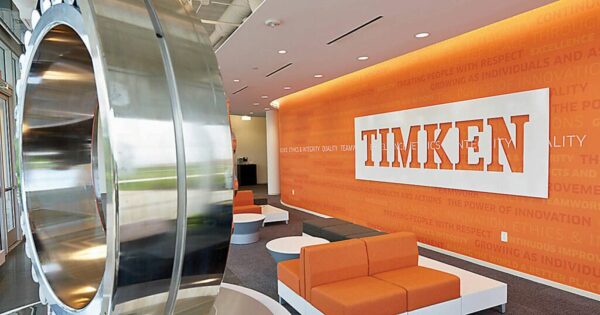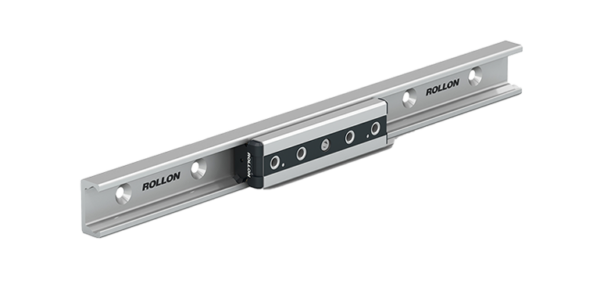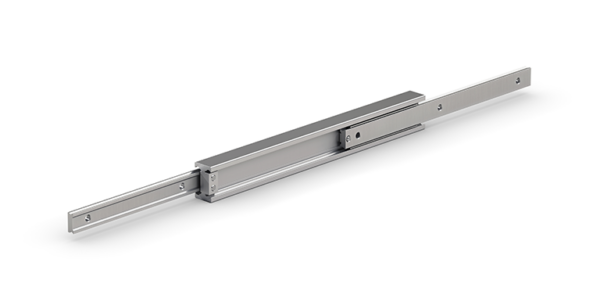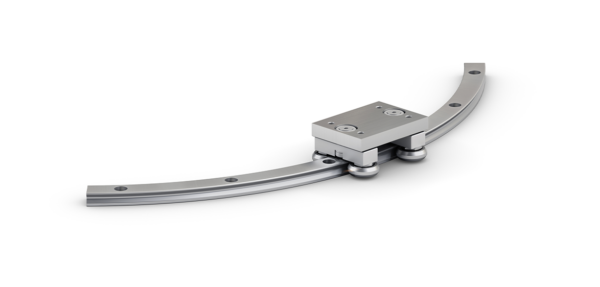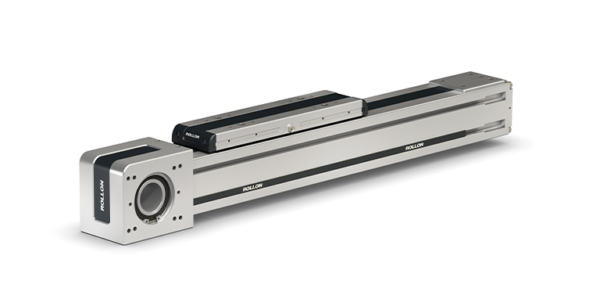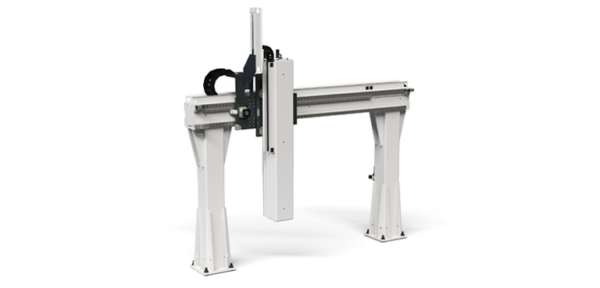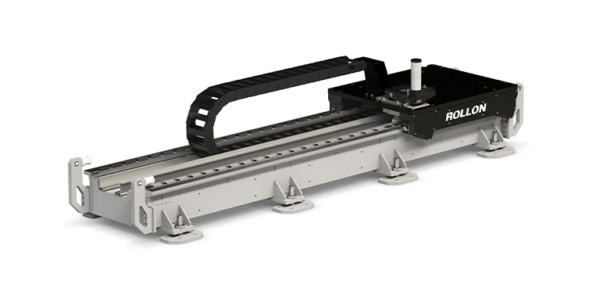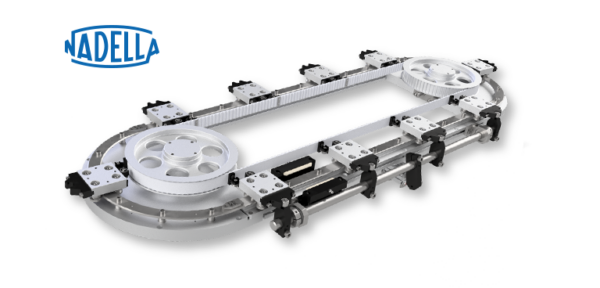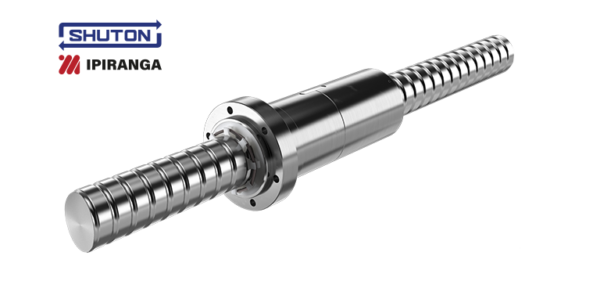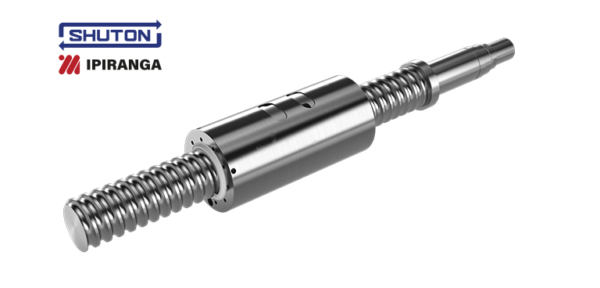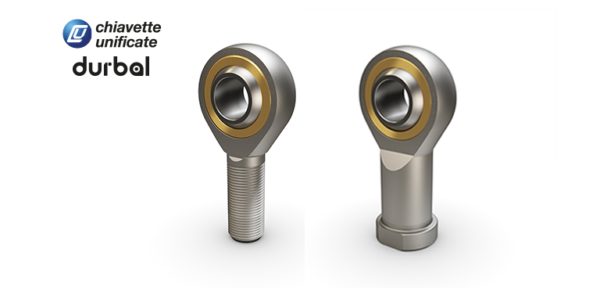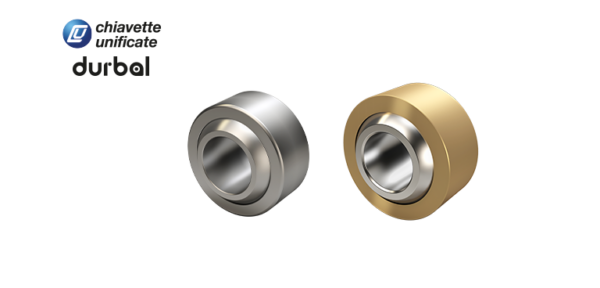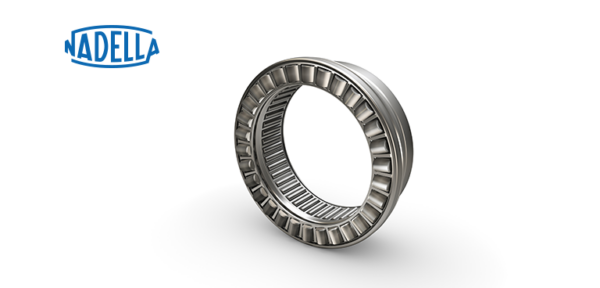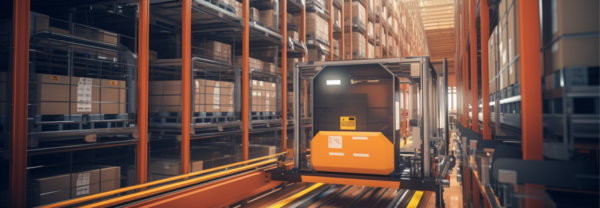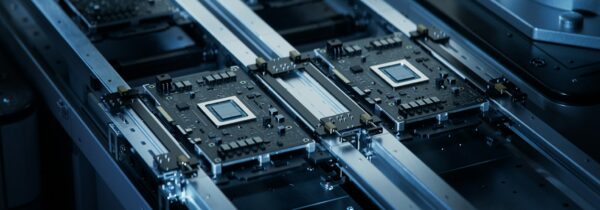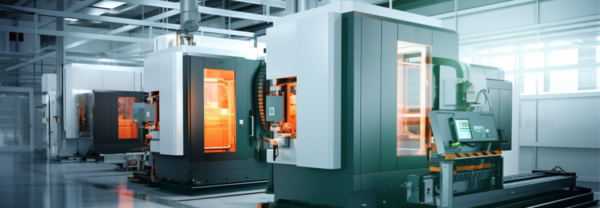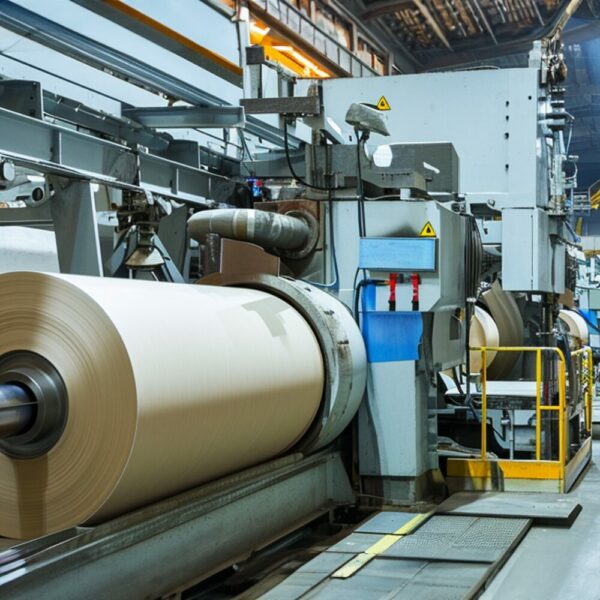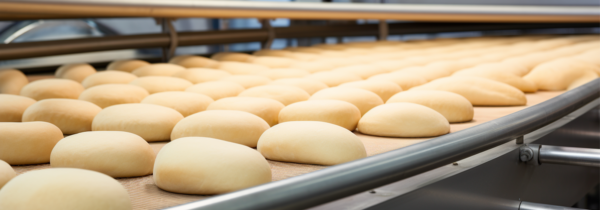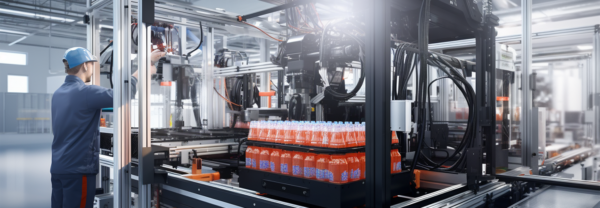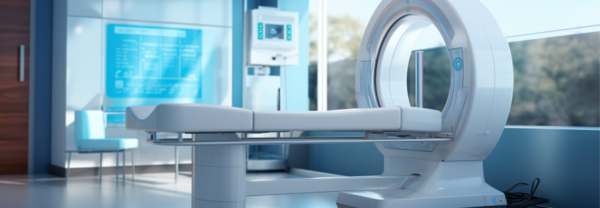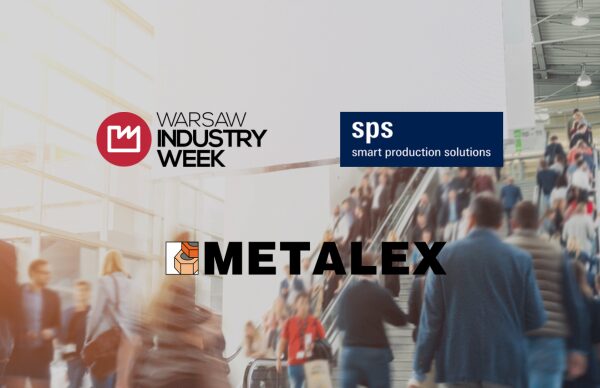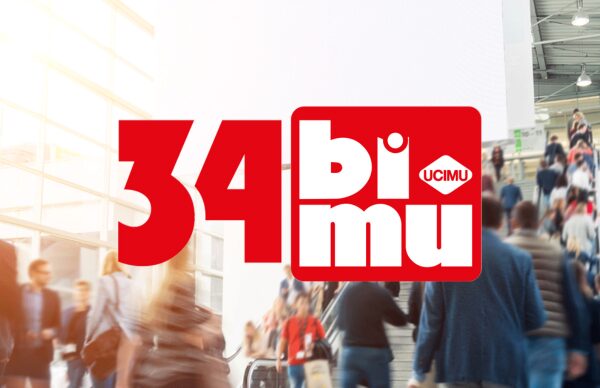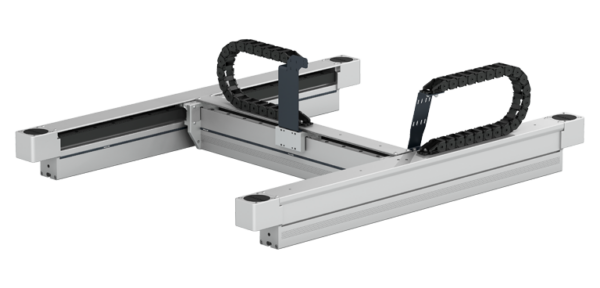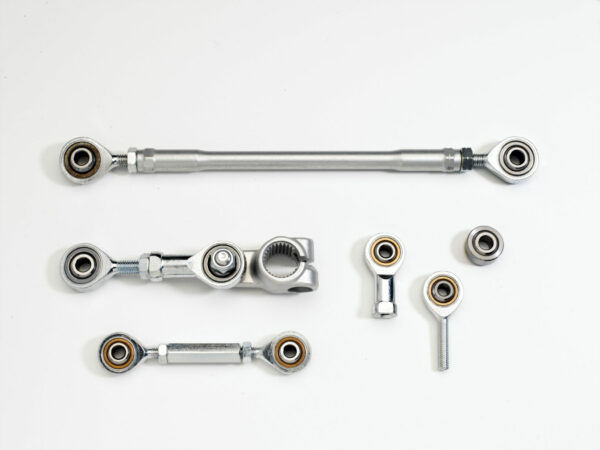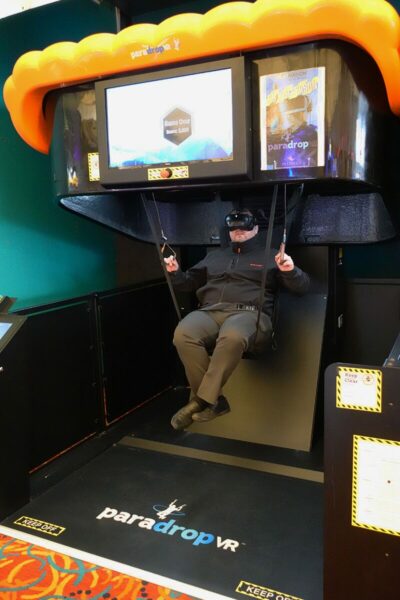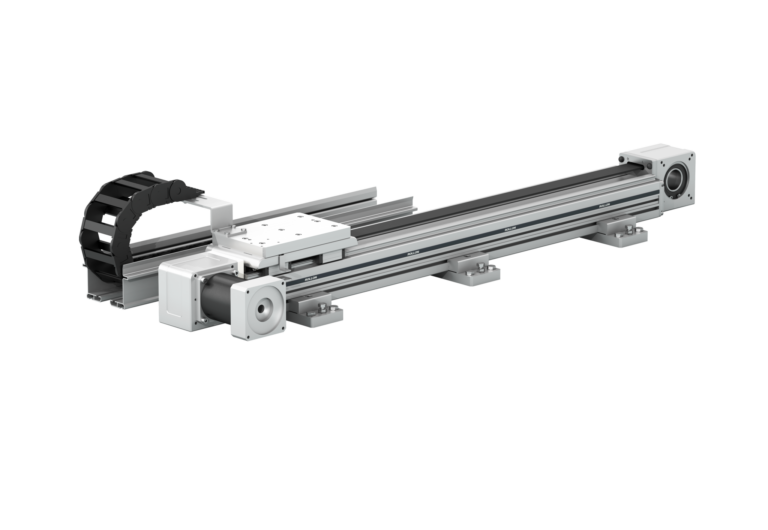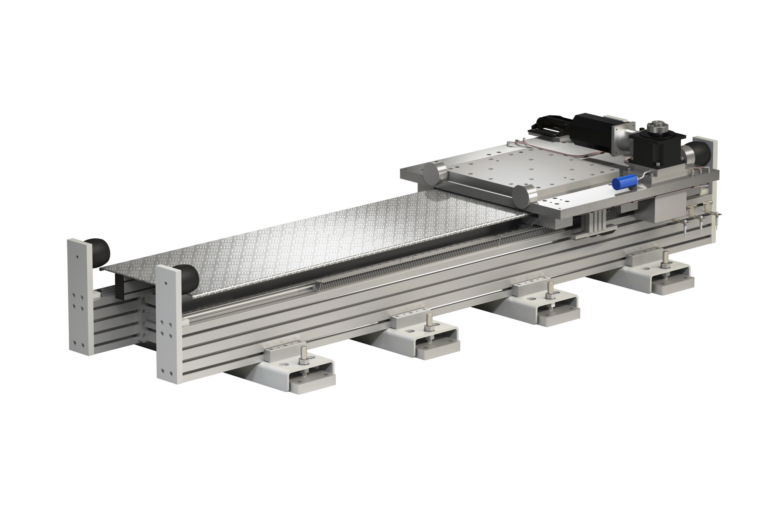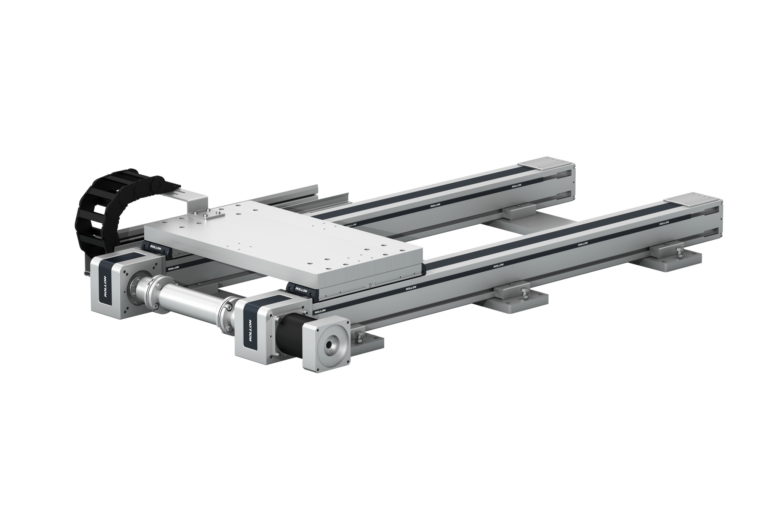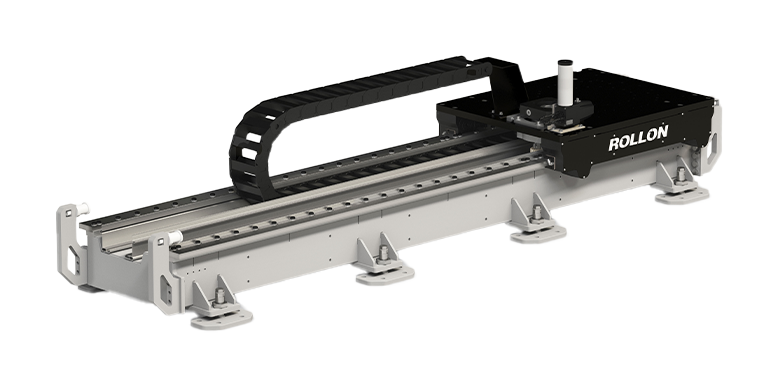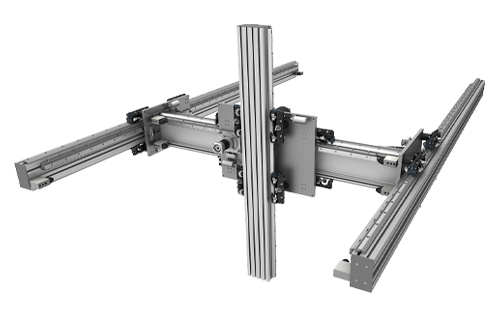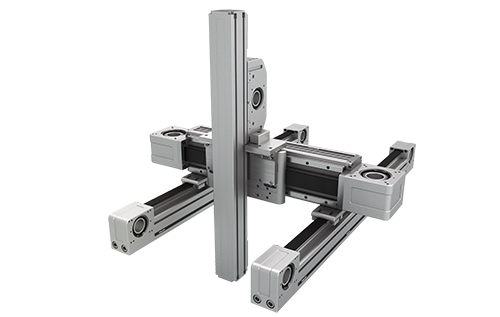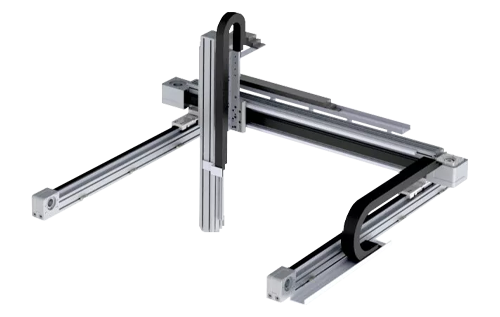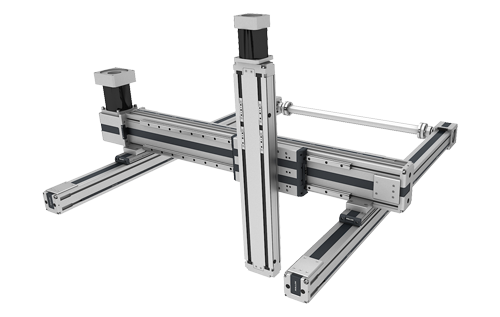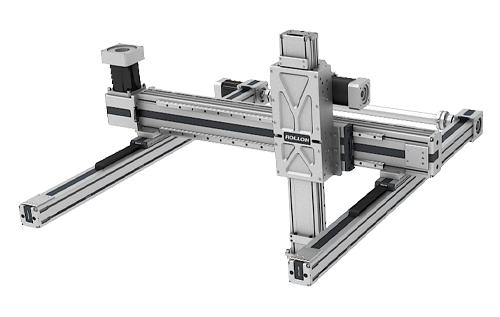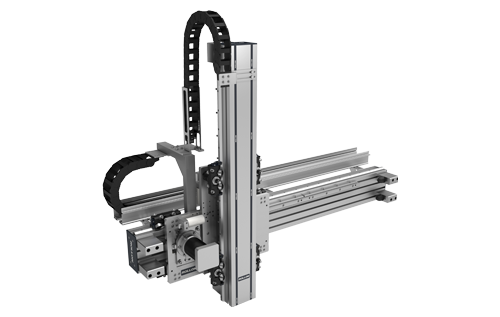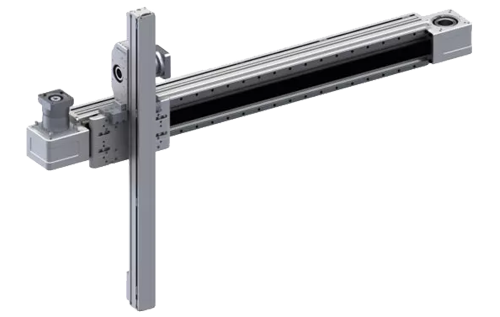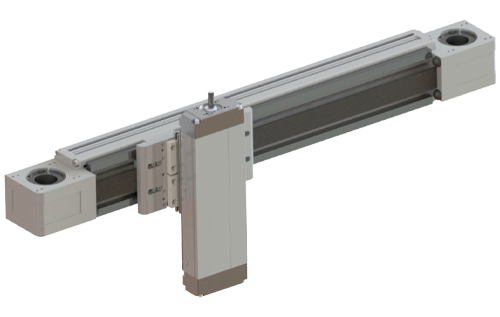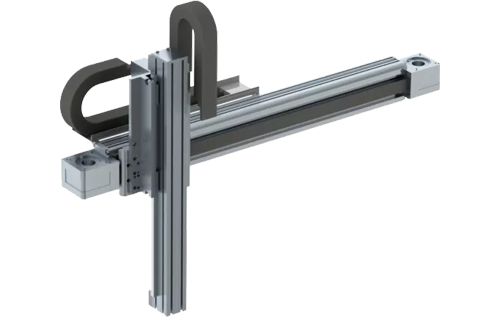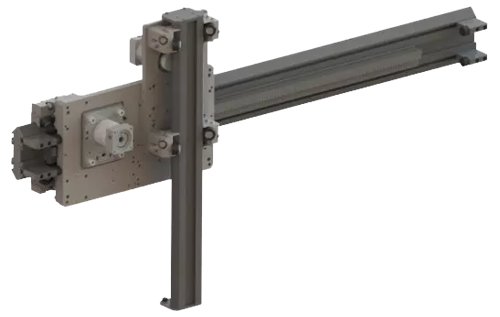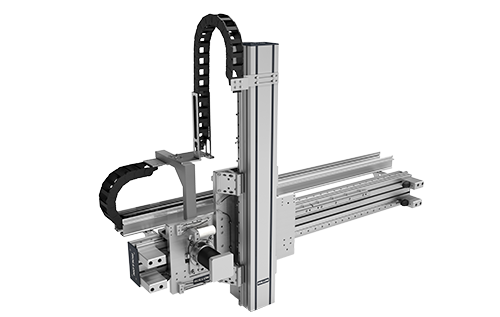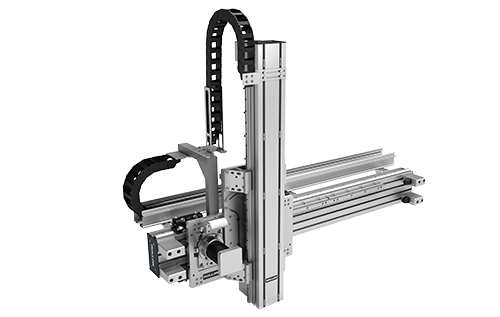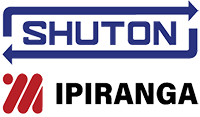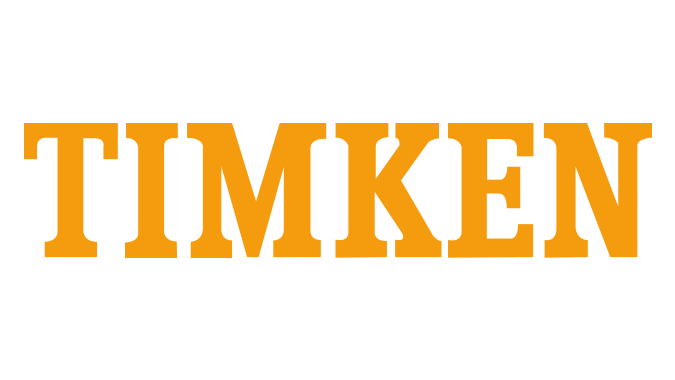Spot welding is a process that joins two metals together by applying pressure, while supplying electrical current to the welded area.This technique is widely used in various manufacturing and assembly processes. In this article, we will discuss what spot welding is, how it is applied, and how robotic systems have transformed the spot-welding process.
Spot Welding Process
The spot-welding process involves delivering low-voltage, high-current electrical pulses to the welding electrodes, which melt the metal instantaneously while applying pressure to it to allow it to fuse.
The process begins by positioning one metal sheet or workpiece on top of another. Once the two sheets are firmly secured in place, pressure is applied through the electrodes. This pressure can be applied manually, pneumatically with springs, or hydraulically.
Once the pressure is applied, the welding process starts. Electrical current is passed through the metal where the two pieces touch between the electrodes. This current heats the metal so much that it starts to melt. Once the metal pieces are welded together, the electrodes remain in contact with the metal to support it while the structure cools down and hardens.
Challenges in Traditional Spot Welding
Traditional spot welding faces several challenges. Achieving precise and consistent welds requires careful control over the welding parameters and uniformity of the metal sheets, which manual or semi-automated spot welding cannot always ensure. Traditional methods also struggle in large-scale production environments where precision and speed are crucial.
These limitations are addressed by integrating more advanced technologies to ensure consistently high-quality results.
Spot Welding with Multi-Axis Systems and Robot Transfer Units
To overcome the challenges associated with manual spot welding, the integration of multi-axis robotic systems has transformed the industry. Multi-axis systems, such as those offered by Rollon, have improved precision and flexibility in spot welding processes.
These systems enable robotic arms to move along multiple axes, allowing for intricate welding paths with high accuracy and repeatability.
Another advancement in automated machinery, that has improved the spot-welding process, is the use of Robot Transfer Units (RTUs). RTUs facilitate the efficiency of the process by automating the movement of the industrial robot between various production stages.
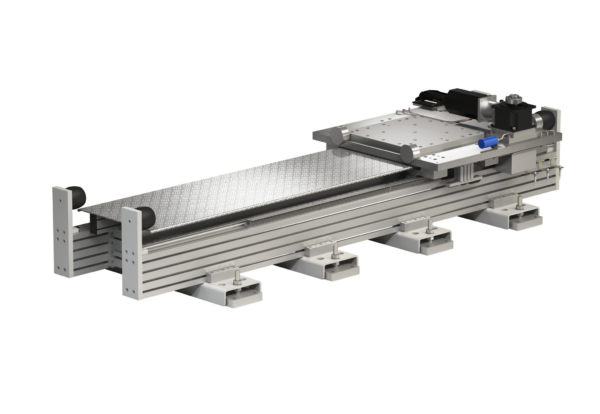
When human interaction is required in the spot-welding process, Cobot Transfer Units provide a solution. Cobots offer seamless integration with spot welding tasks, allowing for safer and more flexible automation in environments where human intervention is necessary.
Implementing Spot Welding in Different Industries
Spot welding is used across many industries due to its usage in assembling various type of components. The automotive industry is particularly associated with spot welding, as high-speed and high-precision spot welding are essential to meet the industry’s production demands and quality standards.
Modern spot-welding processes, including the use of RTUs and multi-axis systems, benefit the automotive industry. Additionally, these techniques are also used in sectors such as electronics and heavy machinery. By incorporating advanced technologies these industries can achieve consistent, high-quality welds, ultimately improving product performance and manufacturing efficiency.
FAQs
Can spot welding be used for different types of materials?
Spot welding can be used for different types of metals, but it is primarily effective with thin sheets of ferrous metals.
What industries benefit the most from spot welding?
The automotive and aerospace industries benefit the most from spot welding due to their need for high-speed, precise, and reliable welds.
What are the main challenges in traditional spot welding?
The main challenges in traditional spot welding include achieving consistent weld quality, dealing with variations in metal thickness and cleanliness, and handling large-scale production requirements.


